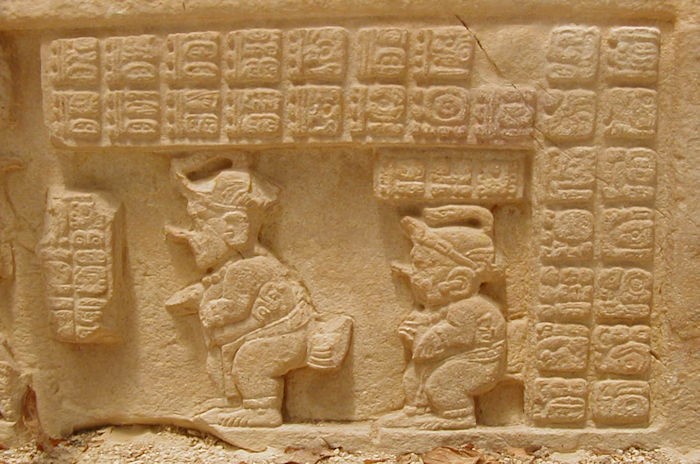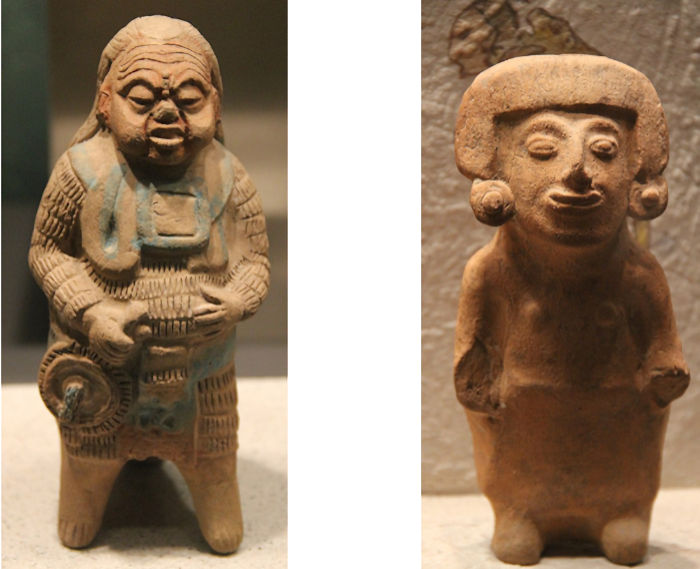Alux: Little Mythical Troublemaker And Guardian Of Corn Fields In Mayan Folklore
A. Sutherland - AncientPages.com - In the mythology of Maya peoples from the Yucatán Peninsula and Guatemala, there are tales of curious creatures called aluxes. They are believed to be guardians of nature. They are often compared to elves, mythical creatures with magical powers.
Aluxes in Yaxchilán, Chiapas - The creatures are particularly popular in the Yucatan peninsula and in certain places in Belize and Guatemala. Credit: Jami Dwyer - Public Domain
The aluxes’ (in plural: ‘aluxo'ob,’) appearance is somewhat enigmatic and depends on different ancient cultural traditions. They can be sometimes associated with a leprechaun in Celtic folklore. Otherwise, Aluxes are small, approximately knee-high beings resembling miniatures of traditionally dressed Maya people.
However, according to other descriptions, depending on the tribe's original folklore, they can be between three and six feet tall and hairless. The creatures move into the area where a new farm is established. If they are treated with respect, they can be very helpful and are considered benevolent creatures, faithful to their owners but mischievous with strangers.
It is not recommended to talk and even name the alux loudly because the creature can be annoyed and leave its small house, causing a lot of trouble.
When the properties of their owners are passed on to others, the aluxes would appear and frighten the children. To appease them, the new owners are advised to give them food, honey, corn, and even cigarettes.
They are usually invisible but have the capability to assume human form to communicate with people, behave normally or frighten them if they want to. In this case, they can be compared to the pukwudgies, grey-faced humanoid creatures in Native American beliefs, which are said to be tricksters, and troublemakers, wreaking havoc, damaging crop fields, and spreading diseases.
The alux is generally associated with forests, caves, stones, cenotes, and fields but can also be tempted to move to another place in exchange for offerings.
Mayan farmers were always aware of their presence and were said to build a small two-story house in the middle of their cornfields, where the alux would live.
In this way, the creature would protect the field at night, summon rain and help grow the corn during the first seven years. When those seven years ended, the farmer must seal all openings in this little house to keep the alux inside.
If this was not done properly, the alux could run wild and start playing tricks on people.
Left and Rigt: Credit: Gary Todd - Maya Gallery, INAH, National Museum of Anthropology, Mexico City - CC0
Although the Maya folklore associated with the aluxes is very old, the tradition of building the so-called kahtal alux, ("houses of the alux") is still alive among contemporary Mayans, although no one is able to explain why.
The Maya themselves explain the aluxes as the spirits of their ancestors, or the spirits of the land itself, prior to contact with Western civilization.
Other cultures have also strange stories of little creatures: the Shoshone tribe of Native Americans that originally lived in what is now Idaho, Wyoming, Nevada, and Utah.
They have stories of tiny people known as the nimerigar. Many say these creatures are nothing more than just myths.
We cannot say, however, that all stories about the little people are fantasies. The physical remains of tiny people have been reported in various locations (mostly in caves) in the western United States, especially in Montana and Wyoming. One such discovery made in 1932, and later known as the Pedro mummy, was reported by two prospectors, Frank Carr and Cecil Main, who found it accidentally in a cave in the Pedro Mountains of Wyoming. As Carr and Main said, the mummy (only six inches tall in its seated position but with all proportions of an adult) had been sitting upright on a ledge in the cave, as if it had been waiting for them.
In most cases, these small beings were discovered in caves. Examination of the small bodies has been conducted, but the results of the studies have not always been revealed to the public.
Updated on May 2, 2022
Written by – A. Sutherland - AncientPages.com Senior Staff Writer
Copyright © AncientPages.com All rights reserved. This material may not be published, broadcast, rewritten or redistributed in whole or part without the express written permission of AncientPages.com
Expand for referencesReferences:
Clayton, Maya Mythology
Rose C. Spirits, Fairies, Leprechauns, and Goblins
More From Ancient Pages
-
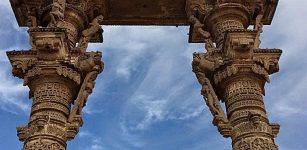 Unearthing Vadnagar And The Search For Hueng Tsang’s 10 Monasteries
Archaeology | Dec 11, 2015
Unearthing Vadnagar And The Search For Hueng Tsang’s 10 Monasteries
Archaeology | Dec 11, 2015 -
 Man In Sweden Finds Viking Age Skeleton In His Garden
Archaeology | Jun 30, 2023
Man In Sweden Finds Viking Age Skeleton In His Garden
Archaeology | Jun 30, 2023 -
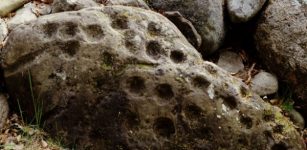 Largest Collection Of Ancient “Cup-Marked” Rocks Ever Found In Scotland
Civilizations | Nov 23, 2018
Largest Collection Of Ancient “Cup-Marked” Rocks Ever Found In Scotland
Civilizations | Nov 23, 2018 -
 Queen Teuta: Power-Hungry Villain Who Underestimated The Romans
Featured Stories | Oct 31, 2019
Queen Teuta: Power-Hungry Villain Who Underestimated The Romans
Featured Stories | Oct 31, 2019 -
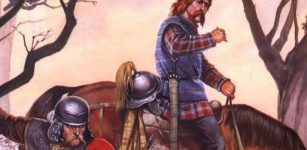 Vercingetorix – Visionary Nobleman And Mighty Warrior Who Led Army Of Gallic People Against The Roman Empire
Featured Stories | Feb 10, 2018
Vercingetorix – Visionary Nobleman And Mighty Warrior Who Led Army Of Gallic People Against The Roman Empire
Featured Stories | Feb 10, 2018 -
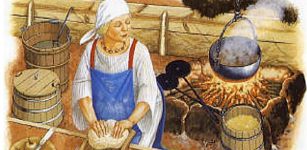 Cooking Gear Found In Graves Of Viking Men And Women
Archaeology | Jun 27, 2019
Cooking Gear Found In Graves Of Viking Men And Women
Archaeology | Jun 27, 2019 -
 Sacred Ancient Texts Reveal Who Really Aligned The Oldest Monuments To The Stars
Civilizations | May 26, 2018
Sacred Ancient Texts Reveal Who Really Aligned The Oldest Monuments To The Stars
Civilizations | May 26, 2018 -
 Why Was The Magical Sword Azoth Of Paracelsus So Special?
Featured Stories | Dec 24, 2020
Why Was The Magical Sword Azoth Of Paracelsus So Special?
Featured Stories | Dec 24, 2020 -
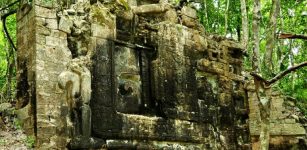 Lost Ancient Mayan Cities Lagunita And Tamchen Hidden In The Jungle Reveal Their Secrets
Featured Stories | Jun 25, 2017
Lost Ancient Mayan Cities Lagunita And Tamchen Hidden In The Jungle Reveal Their Secrets
Featured Stories | Jun 25, 2017 -
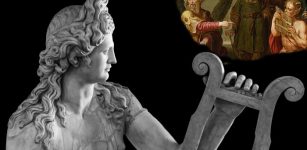 Apollo Punished Rivals For Their Extraordinary Musical Skills
Featured Stories | Apr 19, 2022
Apollo Punished Rivals For Their Extraordinary Musical Skills
Featured Stories | Apr 19, 2022 -
 Amergin: First Druid And ‘Wondrously Born’ Son Of Mil, Founder Of Poetry, Was Judge In Irish Mythology
Celtic Mythology | Mar 3, 2022
Amergin: First Druid And ‘Wondrously Born’ Son Of Mil, Founder Of Poetry, Was Judge In Irish Mythology
Celtic Mythology | Mar 3, 2022 -
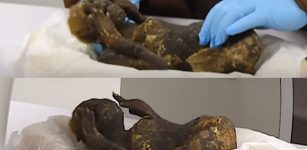 Mysterious Mermaid Mummy Investigated By Scientists
News | Feb 22, 2022
Mysterious Mermaid Mummy Investigated By Scientists
News | Feb 22, 2022 -
 Prehistoric Human Migration In Southeast Asia Driven By Sea-Level Rise – Study Reveals
Archaeology | Feb 6, 2023
Prehistoric Human Migration In Southeast Asia Driven By Sea-Level Rise – Study Reveals
Archaeology | Feb 6, 2023 -
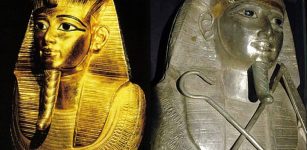 Pharaoh Psusennes I Buried In The Silver Coffin Inlaid With Gold
Civilizations | Jul 16, 2016
Pharaoh Psusennes I Buried In The Silver Coffin Inlaid With Gold
Civilizations | Jul 16, 2016 -
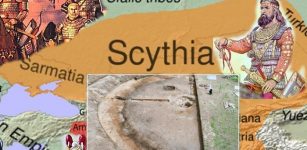 2,500-Year-Old Scythian Warrior Found In Untouched Grave In Siberian ‘Valley Of The Kings’
Archaeology | Jan 7, 2020
2,500-Year-Old Scythian Warrior Found In Untouched Grave In Siberian ‘Valley Of The Kings’
Archaeology | Jan 7, 2020 -
 Who Were The Goths And Where Did They Come From?
Civilizations | Apr 16, 2019
Who Were The Goths And Where Did They Come From?
Civilizations | Apr 16, 2019 -
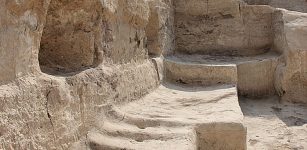 Ancient Adobe Throne Found At Aslantepe, An Acient Hittite Site, Turkey
Civilizations | Aug 29, 2015
Ancient Adobe Throne Found At Aslantepe, An Acient Hittite Site, Turkey
Civilizations | Aug 29, 2015 -
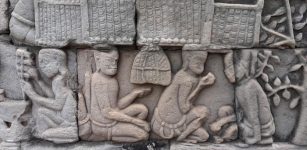 What Can The Fate Of Ancient Cities Teach Us About Surviving Climate Change
Archaeology | Oct 1, 2021
What Can The Fate Of Ancient Cities Teach Us About Surviving Climate Change
Archaeology | Oct 1, 2021 -
 Why Did Ancient Romans Cut Off Their Thumbs?
Ancient History Facts | Mar 2, 2020
Why Did Ancient Romans Cut Off Their Thumbs?
Ancient History Facts | Mar 2, 2020 -
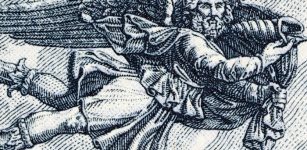 Boreas – Mighty North Wind God In Greek Mythology
Featured Stories | Mar 26, 2023
Boreas – Mighty North Wind God In Greek Mythology
Featured Stories | Mar 26, 2023

